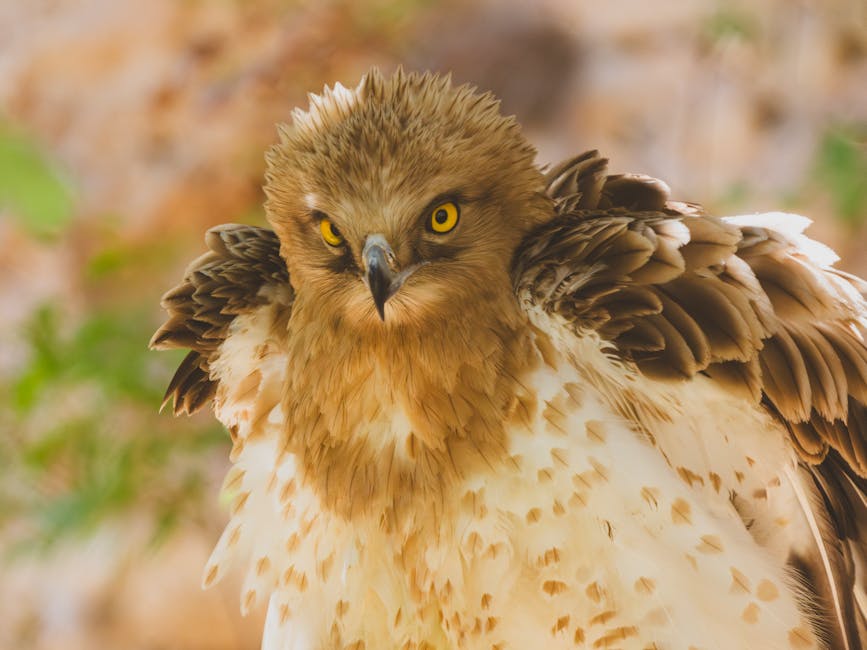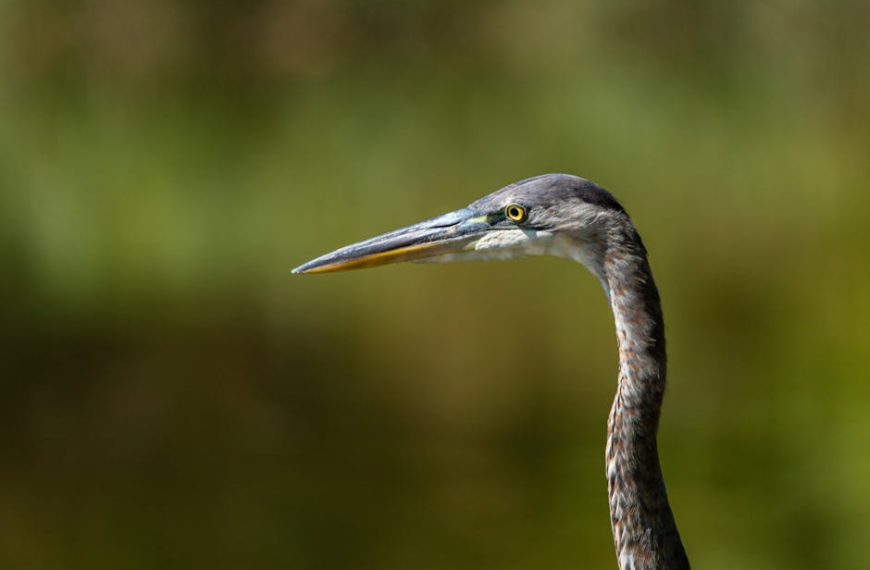Aircraft safety is a paramount concern for the aviation industry, and one of the lesser-known threats is the presence of birds in and around airports. The sight of a large flock of birds gracefully cutting through the skies is typically a spectacle to behold — except if you’re an air traffic controller or pilot. The Clash between aircrafts and birds, known as “bird strikes,” can have severe consequences, with consequences ranging from minor damages to significant impacts on flight safety. The aviation industry invests considerable resources to counter this problem, using a range of ingenuously crafted strategies and solutions.
Risk of Birds in Airports
Airports, with their vast open spaces and relative solitude, can be a strong magnet for various bird species. However, birds in the airport environment invariably translate into an escalating risk of bird strikes. In the United States alone, an estimated 13,000 bird strikes occur annually. These collisions could dent aircraft, shatter windscreens, and worst of all – get sucked into engines, causing abrupt power loss.
Beyond the safety implications are the stark financial repercussions. The FAA estimates that bird strikes cost the aviation industry over $1.2 billion in repairs and downtime each year. Hence bird prevention methods are not only essential for the safety of passengers and crew but equally vital for protecting airlines’ financial health.
Understanding Bird Behavior Around Airports
To combat this problem, it’s crucial to understand what attracts birds to airports in the first place. Airports often sit in environments offering water, food, and safe nesting sites, making them irresistible to birds. In particular, airports near wetlands or on migration routes need extra vigilance.
Roosting, where birds rest or sleep, is also a significant issue. The lights, buildings and extensive fields in airports provide appealing roosting sites, driving up the bird population in the immediate vicinity. Hence, an effective bird prevention strategy must consider these factors closely.
Effective Bird Repellent Techniques Used by Airports
Over the years, airports have devised an arsenal of bird repellent strategies. One approach is habitat modification, deliberately altering the airport’s environment to make it less alluring to birds. This could imply draining water bodies, controlling grass length, or removing potential food sources.
Sonic and ultrasonic devices have also found application in many airports, generating sound waves that disorient and deter birds. Some airports even hire falconers with trained birds of prey. The presence of these natural predators can be highly effective in scaring off smaller birds.
Additionally, airports employ pyrotechnics and distress signals. Handheld or automated launchers that project loud, visible or combination deterrents like flashes and bangs can efficiently scare birds away. However, methods have to be rotated regularly as birds are smart learners and can quickly habituate to these techniques if they are not varied.
The Future of Bird Control in Airports
While traditional bird repellant techniques continue to serve a vital role, the field of bird control in airports is by no means static. Airports are always exploring new technologies and strategies for bird control to enhance the effectiveness of existing methods.
For instance, the use of drones gives a promising outlook to bird control. Drones, designed to mimic a bird of prey, can pose as an airborne threat to discourage birds from lingering in the airport vicinity.
Laser technology is also emerging as a prominent deterrent method. These devices utilize light beams to create an environment that birds find uncomfortable, inducing them to move away.
Bio-acoustic systems are another pioneering application providing novel solutions. These systems use complex multi-sound systems capable of mimicking bird distress calls. The bird’s natural instinct to flee from perceived danger plays a significant role here, making these systems highly effective in deterring them from airport premises.
Legal Framework and Ethics of Bird Control
As much as airports need to keep birds away, they must do so in an ethical and legal manner. Bird control is governed by several regulations and laws to ensure the humane treatment of wildlife.
Airports must adhere to legalities dictating the types of methods that can be used. These rules may limit the use of certain deterrent equipments or techniques considered harmful to birds.
Ethics is also a key focus in bird control practices. One of the primary objectives of modern bird control methods is to minimize unnecessary harm to birds. This means methods should aim at deterrence and relocation rather than extermination.
Finally, airports, like all institutions, have a responsibility towards biodiversity. Balancing the needs of flight safety with respect for wildlife and the environment can be challenging. Still, it is a critical aspect of bird control strategies, fostering cohabitation whenever possible.
To sum up, the bird control strategies at airports play a pivotal role in ensuring flight safety while also highlighting the importance of ethical wildlife management. By leveraging an understanding of bird behavior, using innovative technologies, and adhering to legal and ethical guidelines, airports can effectively manage the risk birds pose without causing unnecessary harm to them.
Key Takeaway:
- Birds pose a significant safety risk to airports due to the chance of bird strikes which can cause damage to aircraft and potentially endanger lives.
- Birds are commonly attracted to airports because of factors such as proximity to wetlands, availability of food, and availability of roosting sites.
- Current effective bird repellent techniques used by airports include habitat modification, sonic and ultrasonic devices, trained bird predators, and use of pyrotechnics and distress signals.
- Future techniques and technologies for bird control at airports include the use of drones, laser technology and bio-acoustic systems.
- There are legal constraints and ethical considerations that airports must consider when implementing bird control strategies.
Bird control at airports is an ongoing task that needs constant innovation. By understanding the behavior of birds and using a mix of tried-and-tested techniques and pioneering technologies, airports can significantly reduce the risk of bird strikes. This not only ensures safety in the skies but also emphasizes the importance of cohabiting with nature in a responsible and ethical manner.
FAQs
Q: Why are birds attracted to airports?
A: Airports often sit within environments offering water, food, and safe nesting sites, making them appealing to birds.
Q: What are some currently used bird repellent techniques at airports?
A: Techniques include habitat modification, the use of sonic and ultrasonic devices, trained bird predators, and pyrotechnics and distress signals.
Q: What new technologies are being considered for future bird control at airports?
A: Some promising technologies include drones, laser technology, and bio-acoustic systems that can mimic bird distress calls.
Q: Are there legal restrictions on how birds can be controlled at airports?
A: Yes, bird control is regulated by laws and regulations to ensure the humane treatment of wildlife. Airports need to adhere to these rules when implementing their bird control measures.
Q: What ethical considerations do airports need to consider in bird control?
A: Airports need to ensure that their bird control methods are humane and aim to deter or relocate birds rather than harm them unnecessarily.
Encourage your readers to share the article and explore more posts on your website for further insights and comprehensive material on related topics.












